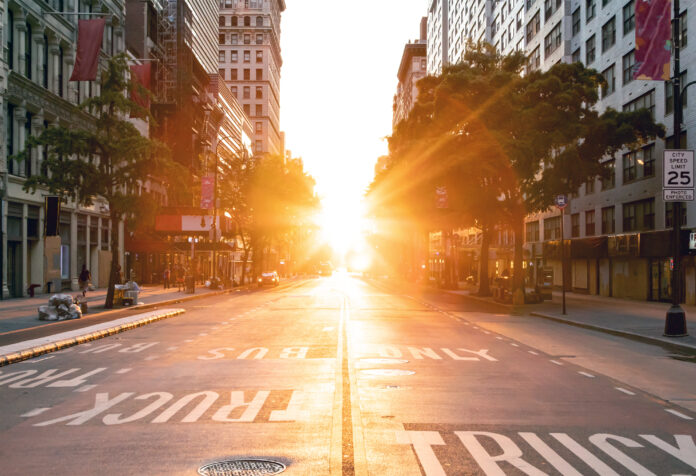Last week, as a heat wave continued across much of the southern United States, reporters flocked to Death Valley National Park in California, known for its dryness and incredible heat, to write fluff stories about how this already hot place was coping with the added heat. They interviewed park rangers (who jokingly took pictures dressed in coats) and visitors to the park, who seemed intent on jogging despite the threat of the heat. One Los Angeles Times reporter even got the dubious distinction of interviewing a 71-year-old man named Steve Curry about his desire to jog in Death Valley just a couple of hours before that man died, apparently of heat-related reasons.
(Why did he want to jog in Death Valley on such a hot day? Curry told the reporter, “Why do I do it? Why not?” His death did serve as a kind of response to his rhetorical question.)
But high heat in Death Valley isn’t really what most of us need to worry about. (We can visit Death Valley in winter.) It’s high heat in the cities we live in and in the countryside we get our food from that is of real concern.
The heat we’ve been seeing globally this year is unprecedented, in terms of historical measures of global heat. Four days in July were the hottest days for average global temperature ever recorded, setting a new record of 62.9 degrees Fahrenheit. That may not sound extremely hot until you consider that, as an average, it includes places like Antarctica.
Those opposed to claims of manmade global warming may instinctively scoff when hearing about heat records, but in terms of the immediate need to deal with extreme heat, it matters very little what the reason for the heat is. (The El Nino weather pattern appears to be part of the problem this year.) If we’re seeing heat that breaks the records we’ve kept for over 200 years and that seems to be hotter than the even-earlier historical heat we can measure in indirect ways, governments and societies need to think about what needs to be done so people don’t die. And things have already begun changing in that regard.
The elderly take shelter:
The most immediate threat that extreme heat can pose to people is the various forms of illness it can directly cause, such as heat exhaustion, dehydration and the like.
One of the most vulnerable populations in regard to heat-related illnesses is the elderly. The numbers bear this out. A summer-time heat wave last year in France killed 2,800 people, but among those, 80 percent were over the age of 75. Similar death rates have occurred in other European countries in recent years during heat waves.
To read more, subscribe to Ami





















